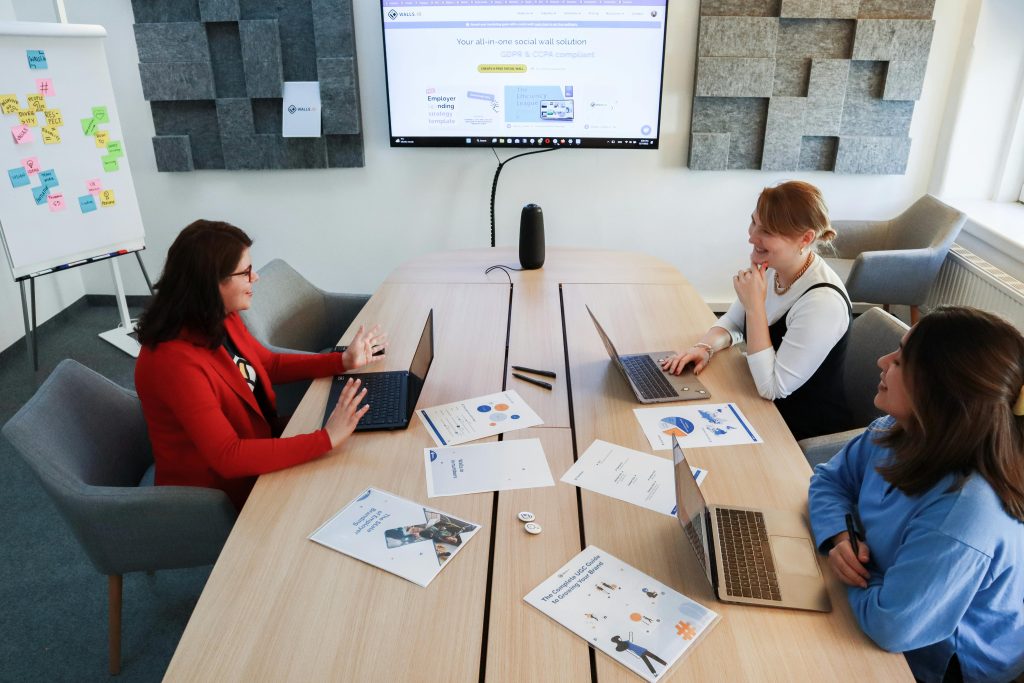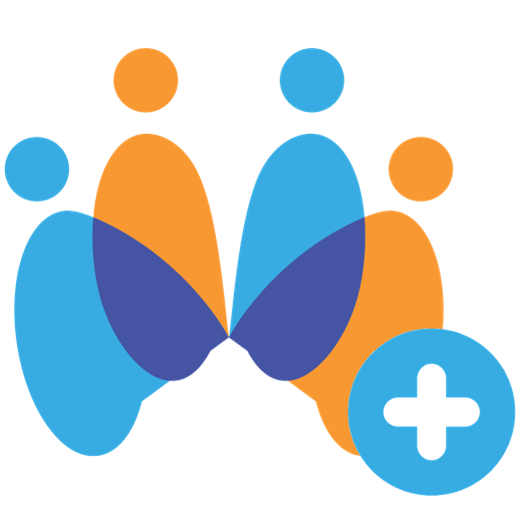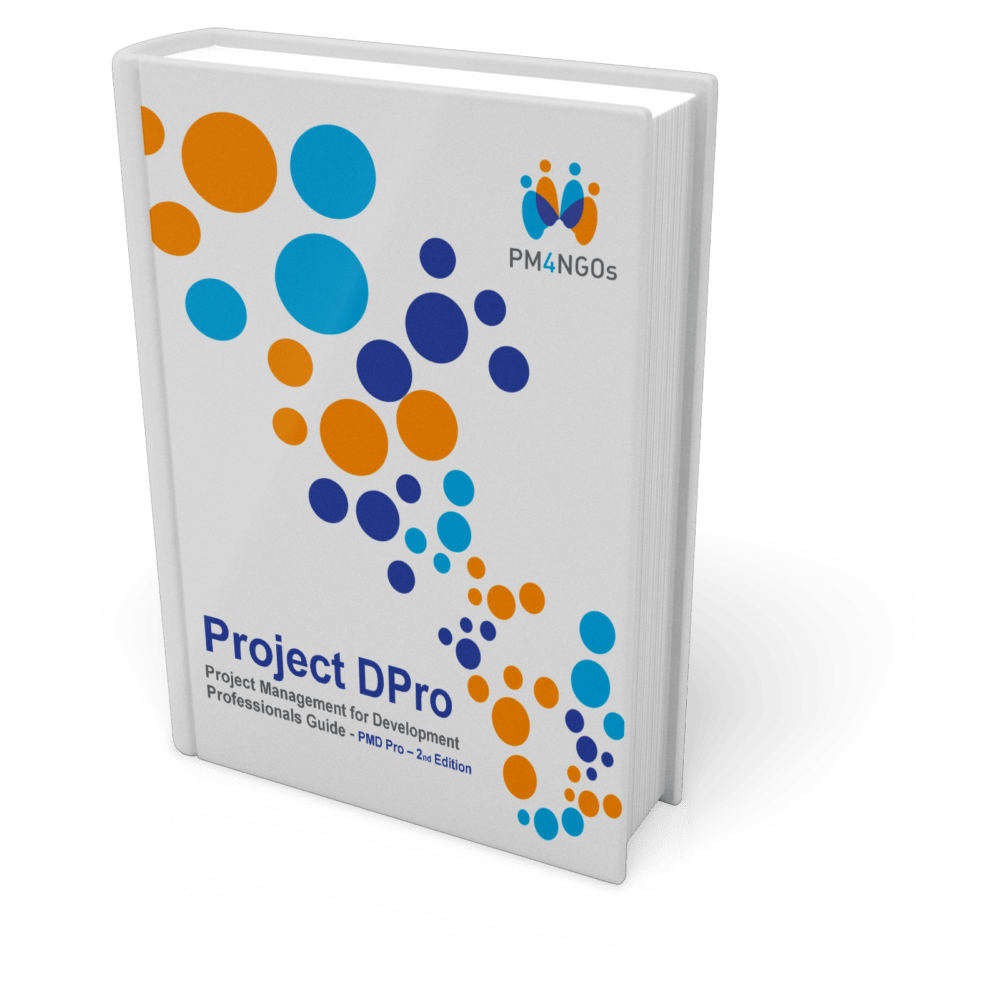Today’s article discusses how the Project Management Institute (PMI), one of the most prominent global authorities in project management, advances project management (PM) education for social impact.
PMI enables project professionals worldwide to excel in project management through its global community, knowledge sharing, and best-in-class certifications, driving positive change in organisations and communities.
PMI firmly believes in projects’ transformative potential to positively impact the world.
Projects are vital in generating new employment opportunities, driving diversity, equality, and inclusion progress, establishing crucial infrastructure, enriching educational systems, and enhancing public health and safety measures.
Furthermore, PMI further strives to leverage the power of projects to advance the global agenda of the United Nations Sustainable Development Goals (SDGs), bringing the world one step closer to a sustainable and equitable future.
In this context, PMI established the Project Management Institute Educational Foundation (PMIEF) to advance PM education for global social impact by inspiring and empowering individuals to positively impact their communities.
PMIEF believes that people worldwide can have a better tomorrow by teaching PM skills to students and professionals alike.
With a focus on hands-on, project-based learning, PMIEF aims to bridge the gap between knowing and doing, encouraging students to develop 21st-century skills and become creative, collaborative leaders.
Through their various resources, including the “Project Management Skills for Life” guide, PMIEF is dedicated to promoting education for social impact.
Introduction
Welcome to our comprehensive article on the PMIEF and its role in project management for social impact.
This article will explore the PMIEF’s mission and vision, the importance of education for social impact, the benefits of project-based learning, and how project management skills can profoundly affect youth and nonprofit organisations.
We will also discuss the resources and programmes offered by PMIEF, the foundation’s history and background, and the role of project management in driving social impact.
In addition, we will assess some of the opportunities and challenges related to education and its social impact.
We will wrap up by reflecting on PMIEF’s incredible work and its potential for an even more significant impact in the future.
PMIEF and Project Management for Social Impact
Mission and Vision
The mission of the PMI Educational Foundation (PMIEF), a charitable nonprofit organisation that PMI established, is to inspire and empower people to realise their potential and transform their lives and communities through project management knowledge.
PMIEF envisions a world where everyone has a better tomorrow by applying project management skills daily.
The Importance of PM Education for Social Impact
Project management education is a powerful tool for creating social impact. It equips individuals with the knowledge, skills, and mindset to address social challenges and drive positive change.
PMIEF recognises the importance of education for social impact and believes that PM can be crucial in this process.
Benefits of Project-Based Learning
Project-based learning is an educational approach that emphasises hands-on, experiential learning through the completion of real-world projects.
This approach offers numerous benefits to students, including developing 21st-century skills such as communication, organisation, critical thinking, and collaboration.
Project-based learning also fosters creativity, leadership, and problem-solving abilities.
Students learn how to apply their knowledge practically and meaningfully by engaging in project management practices, directly impacting their communities.
Project Management Skills for Life and Social Impact
Overview
The PMIEF created a manual called Project Management Skills for Life® that introduces project management’s fundamentals and offers tools and techniques to help individuals develop the skills to become effective project managers.
Whether leading simple or complex projects, a basic understanding of project management concepts can enable individuals to create plans, organise activities, and train team members, leading to successful project outcomes.
Tools and Techniques
The guide offers a range of tools and techniques for managing projects effectively.
These tools include project charters, work breakdown structures, Gantt charts, risk management plans, and stakeholder engagement strategies.
Individuals can enhance their project management capabilities and ensure project success by familiarising themselves with these tools.
Benefits for Youth and Nonprofit Organisations
Project management skills are valuable for both youth and nonprofit organisations.
For youth, learning project management can provide essential life skills, enabling them to navigate the complexities of their personal and professional lives.
These skills can also open doors to future career opportunities.
Project management skills can improve nonprofit organisations’ operational efficiency, resource allocation, and project outcomes.
By effectively managing their projects, nonprofits can maximise their impact and fulfil their missions.
Categories and Emphasis on Pro Bono Contributions
The award is divided into several categories that highlight different aspects of project management for social good.
These categories include project leadership, project teams, and program/portfolio management.
The award strongly emphasises pro bono contributions, recognising the value of volunteering and giving back to the community.
Examples of Past Award Recipients
Past Community Advancement Through Project Management Award recipients have demonstrated exceptional dedication and commitment to using project management for social impact.
One such example is Jessica Berrada, the President and CEO of the Commissioned by Christ (CBC) nonprofit organisation.
Berrada’s volunteer work exemplifies the value of project management in delivering nonprofit missions and making a positive difference in the lives of others.

This image is the property of images.pexels.com.
PMIEF Resources and Programmes
Monthly e-Newsletter: PM for Social Good
PMIEF offers a monthly e-Newsletter called PM for Social Good. This newsletter informs subscribers about the foundation’s resources, programmes, and initiatives.
It shares success stories, best practices, and tips for using project management for social impact.
By subscribing to the newsletter, individuals can stay up-to-date on the latest developments in the field and learn how to make a difference in their communities.
Other Educational Resources
In addition to the monthly e-newsletter, PMIEF provides various educational resources that support project management for social good.
These resources include white papers, case studies, toolkits, and guides on different topics related to project management and social impact.
By accessing these resources, individuals and organisations can enhance their knowledge and skills in project management and maximise their social impact.
Programmes and Initiatives
PMIEF runs several programmes and initiatives to inspire and empower individuals to use project management for social good.
These programmes include scholarships, grants, and partnerships with educational institutions and organisations.
PMIEF strives to create opportunities for learning and engagement through these initiatives, enabling individuals to make a difference in their communities and beyond.
PMI Educational Foundation: Inspiring and Empowering People
History and Background
The PMI Educational Foundation has a rich history spanning several decades.
It was established in 1990 as the philanthropic arm of the Project Management Institute (PMI) to promote project management education and research.
Over the years, the foundation has evolved and expanded its reach, becoming a leading force in using project management for social good.
Success Stories and Impact
The numerous people and organisations that PMIEF’s programmes and resources have inspired and empowered are evidence of its success stories and impact.
Through scholarships, grants, and partnerships, PMIEF has allowed individuals to develop their project management skills, pursue education and career opportunities, and contribute to the social impact of their communities.
These people and the organisations they work with drive positive social change, demonstrating the foundation’s impact.
Collaborations with Other Organisations
PMIEF recognises the importance of collaboration in driving social impact.
That’s why it actively seeks partnerships with other organisations that share its mission and values.
By collaborating with like-minded organisations, PMIEF can leverage resources, expertise, and networks to amplify its impact and reach a broader audience.
These collaborations foster innovation and create a supportive ecosystem for project management in the social sector.

This image is property of images.pexels.com.
The Role of Project Management in Social Impact
Defining Social Impact
Social impact refers to the effect of an organisation or individual’s actions on the well-being of a community or society.
It encompasses positive changes such as education, healthcare, environmental sustainability, and social justice improvements.
Project management is crucial to driving social impact. It enables individuals and organisations to plan, execute, and monitor projects that address social challenges and create positive change.
How Project Management Drives Social Impact
Project management drives social impact by providing a structured problem-solving and resource management approach.
It helps organisations define clear goals, develop detailed plans, allocate resources effectively, and track progress towards desired outcomes.
Organisations can enhance their efficiency, effectiveness, and accountability by applying project management principles, leading to a more significant social impact.
Examples of Successful Projects
Numerous successful projects have demonstrated the significant social impact that project management can achieve.
For instance, projects focused on building schools in underserved communities have improved access to education and created opportunities for children to thrive.
Projects promoting environmental sustainability have reduced pollution, increased conservation efforts, and preserved natural resources.
These examples highlight the power of project management to create lasting social change.
Future of Education for Social Impact
Trends and Innovations in Project-Based Learning
Several trends and innovations influence the future of education for social impact in project-based learning.
These include integrating technology, the rise of online learning platforms, the emphasis on interdisciplinary collaboration, and the increasing recognition of the importance of soft skills.
As technology advances, project-based learning is likely to evolve, offering new opportunities for students to engage in real-world problem-solving and make a positive impact.
Integration of Project Management in Education Systems
The integration of project management in education systems is a critical step towards preparing students for the challenges and opportunities of the future.
By incorporating project management principles and practices into curricula, educational institutions can equip students with the skills to navigate complex projects and drive social impact.
Professional development opportunities for educators and ongoing collaboration between academia and industry should support this integration.
The Role of PMI and PMIEF
PMI and PMIEF have a crucial role in the future of education for social impact.
For instance, PMI, as the leading global association for project management professionals, can provide guidance, standards, and certifications to ensure the quality and effectiveness of project management education.
PMIEF, focusing on social impact, can continue to develop and promote resources, programmes, and initiatives that inspire and empower individuals to use project management for positive change.

This image is the property of images.pexels.com.
Challenges and Opportunities for Social Impact
Barriers to Implementing Project-Based Learning
While project-based learning offers immense benefits, various barriers exist to its widespread implementation.
For example, these barriers include limited resources, resistance to change, the need for specialised training, and the challenge of aligning project-based learning with existing educational frameworks.
Overcoming these barriers requires a collective effort from educators, policymakers, and stakeholders to create an enabling environment for social impact and support the integration of project-based learning into educational systems.
Collaboration and Partnerships for Greater Social Impact
Collaboration and partnerships are essential for driving more significant social impact.
Furthermore, individuals, organisations, and communities can pool resources, share knowledge and expertise, and leverage each other’s networks to achieve common goals.
Lastly, PMIEF recognises the power of collaboration and actively seeks partnerships with other organisations to amplify its impact and create a supportive ecosystem for project management in the social sector.
Scaling Up and Sustaining Social Impact Projects
Scaling up and sustaining projects can be challenging, especially for nonprofit organisations working to advance social impact.
In addition, it requires careful planning, effective resource management, and a long-term commitment to the cause.
Project management principles and practices can help organisations scale their projects by providing structure, accountability, and a systematic approach to growth.
Additionally, PMIEF’s programmes and resources can support organisations in developing the skills and capabilities needed to sustain their projects and continue making a lasting impact.
Conclusion
In conclusion, PMIEF plays a crucial role in promoting project management for social impact. Through its resources, programmes, and initiatives, PMIEF inspires and empowers individuals to use project management to create positive change in their communities and beyond.
By integrating project management into education systems, supporting nonprofits, and fostering collaboration, PMIEF is transforming lives and advancing social impact.
As we look towards the future, numerous challenges and opportunities lie ahead.
PMIEF and its partners can create a future where project management drives social change by addressing these challenges and seizing these opportunities.








